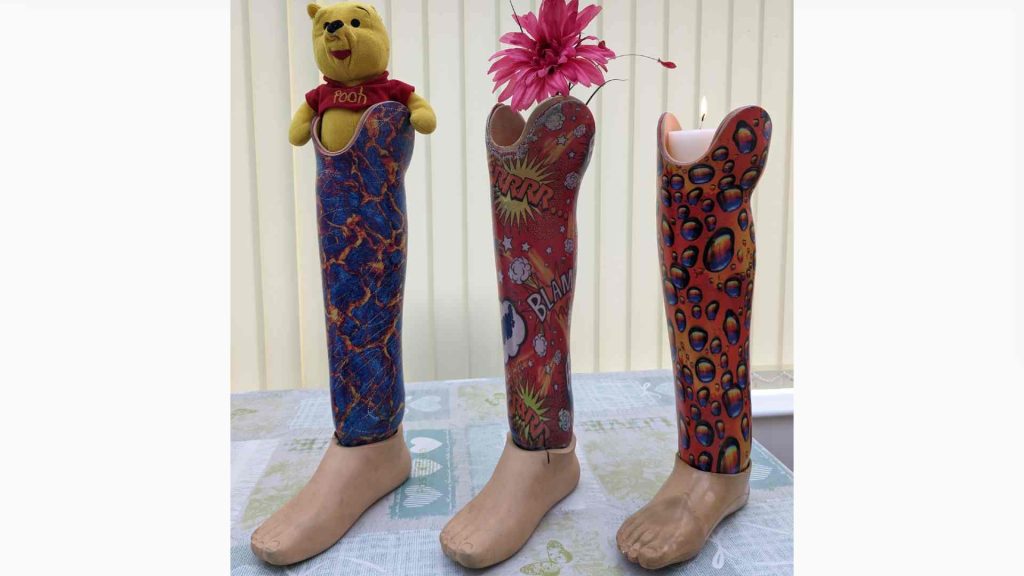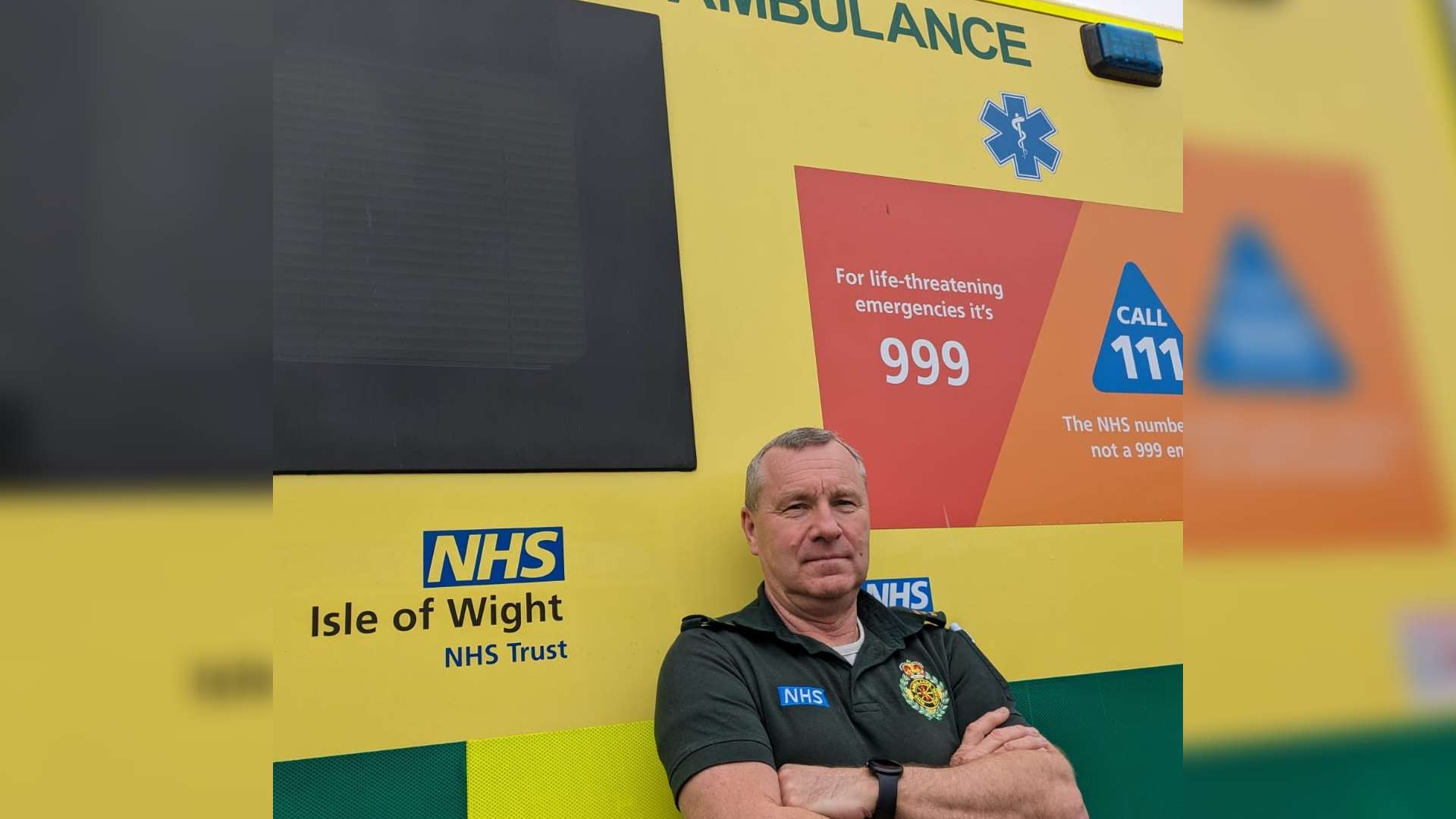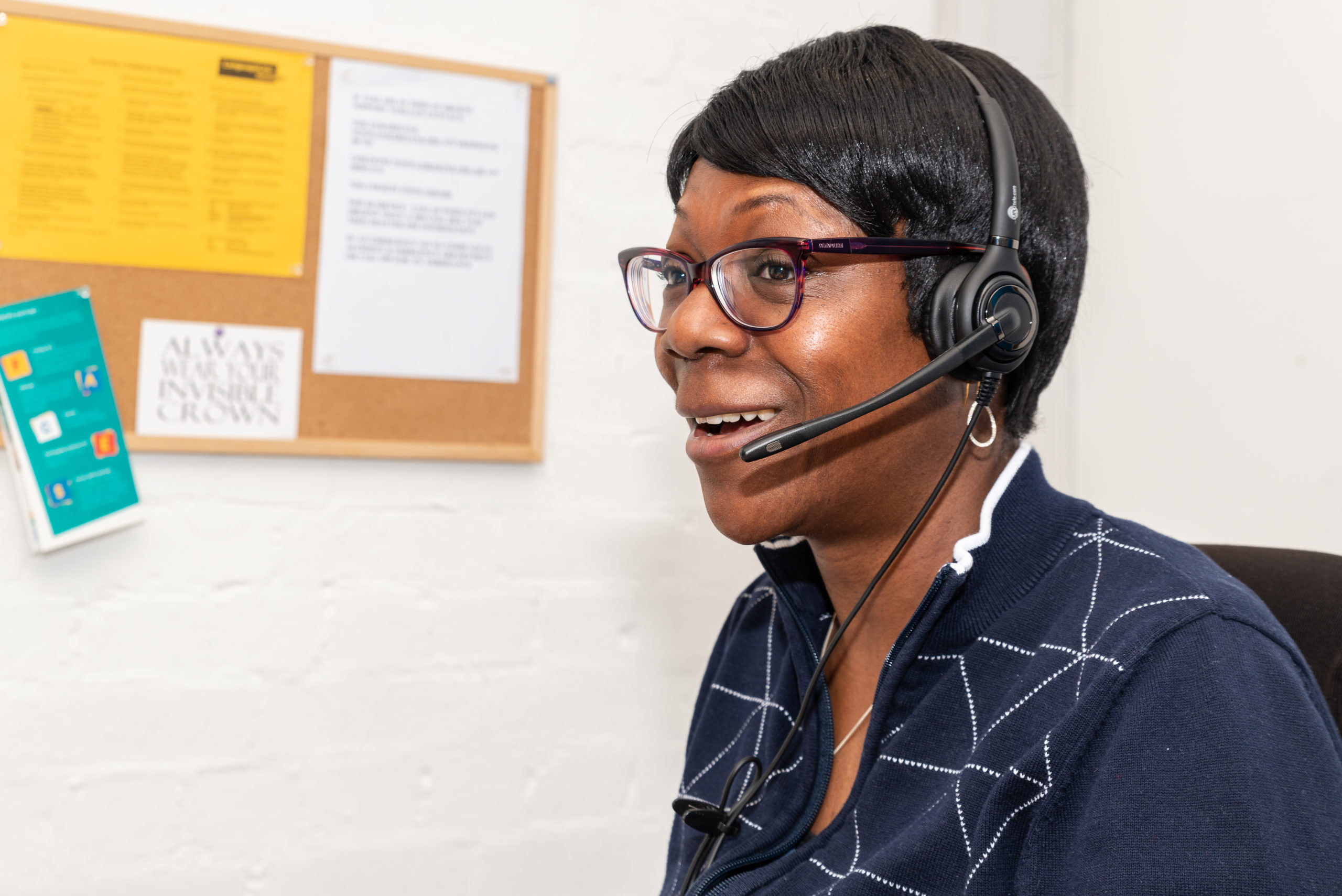I’m Jeff, I’m 61 years old and have lived on the lovely Isle of Wight all my life.
37 years ago, in 1985, I was enjoying a long weekend in Devon with a group of friends on our motorbikes. Unfortunately, I ended up having an accident involving a car. This resulted in me losing most of my right foot – what was left was surgically removed that evening.
I can remember most of the accident, but what I remember most vividly isn’t the crash or my time in hospital, it was the realisation I got while sat in the middle of the road looking down at my lower leg that I had lost my right foot. I accepted it right there and then. It took me less than five minutes to realise that this was the start of a new journey.
Losing my foot was obviously not ideal, but I can honestly say it hasn’t changed my life in the negative way that people imagine.
Of course, I was shocked by the accident, and it hasn’t been easy, but I do believe that it’s the reason I am where I am today in life. That loss was what set the foundation for a more positive future.
My first few prosthetics were dated in design. They were supposed to be lifelike, but they were so far from it, I cannot even begin to explain. Not only was I missing out on things I had taken for granted before, like wearing shorts or going for a swim, but I was also worried about what other people thought and the stares I got from people in the street. The looks were of confusion – “What is he wearing?”.
In the beginning, the stares annoyed me. I wished they had just come up and asked me. However, I quickly realised that I had to change my mindset, because unless my foot grew back (there was more chance of me winning Miss World than this happening), I was always going to be looked at.
To show everyone that I was not worried or bothered about what had happened, I went to my prosthetic fitter and asked them to make my next limb the most colourful thing you have ever seen. The “lifelike” prosthetic wasn’t lifelike anyway, so why not embrace my difference and go all out? They were delighted and straight away I had people talking to me, rather than staring and wondering why I was trying to hide my limb loss.

Jeff has a colourful collection of prosthetics
Over the years I have had many designs, and friends and family look forward to seeing my new prosthetics just as much as I do. Losing my foot was obviously not ideal, but I can honestly say it hasn’t changed my life in the negative way that people imagine. I can do all the things I did before the accident apart from two things – cut the toenails on my right foot and wash between my toes – both of which I can live without.
There is one down point; I can still feel my missing foot. How do you get an itch on a part of the body you no longer have? And more importantly, how do you itch it? Answers on a postcard please.
Losing my foot hasn’t stopped me from achieving my goals. I’ve been married to my wife for 37 years and have three grown up children and two grandchildren. In 2003, I got involved with the Isle of Wight Ambulance Service as a First Responder. Then in 2014, I was given the opportunity to work on the front-line Ambulance Service, which I had thought would be out of my reach. Fortunately, I was wrong.
At the end of the day, your difference doesn’t change you as a person, and realising this is key to both self-acceptance and wider societal acceptance.
While I haven’t had to ask for any specific help or assistance to do my job, I know that if I ever do need it, it won’t be a problem. My colleagues are incredibly supportive, with many saying how impressed they are with how I manage everything. The quality and fit of my prosthetic have a lot to do with that, but it’s lovely to have that moral support.
For those people who have acquired a visible difference like myself, I say try not to dwell on what has happened. Don’t try and hide it, because you know that it’s there, and it’s you who needs to accept it first and foremost. The sooner you embrace your difference, the sooner you can educate others who might not understand your perspective. At the end of the day, your difference doesn’t change you as a person, and realising this is key to both self-acceptance and wider societal acceptance. Keep moving forward and hopefully, like me, you will find that things aren’t as bad as you initially thought.
Don’t be afraid to be colourful – it makes people smile.

